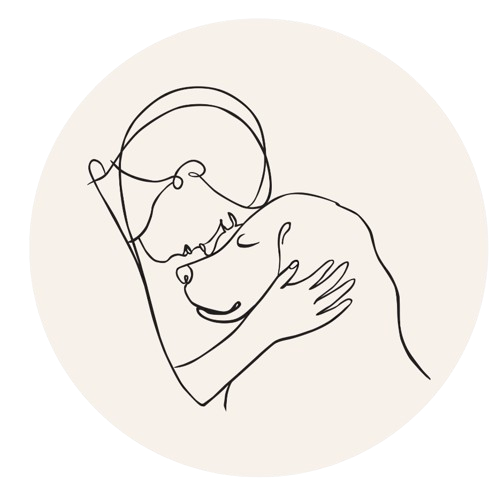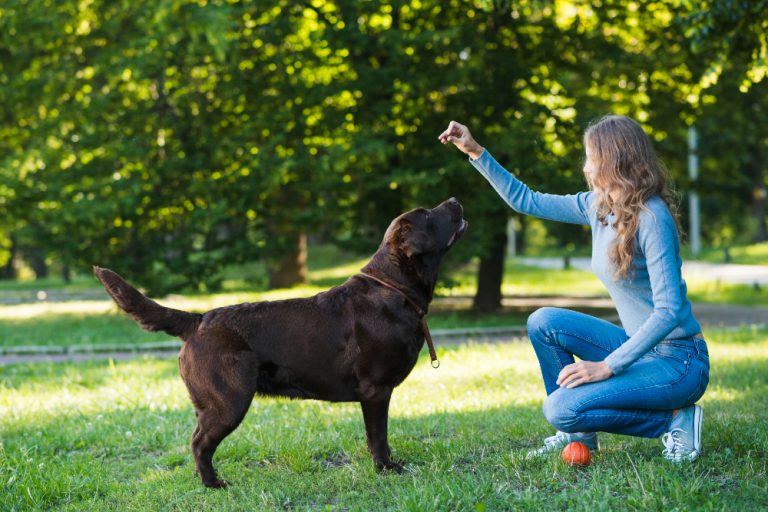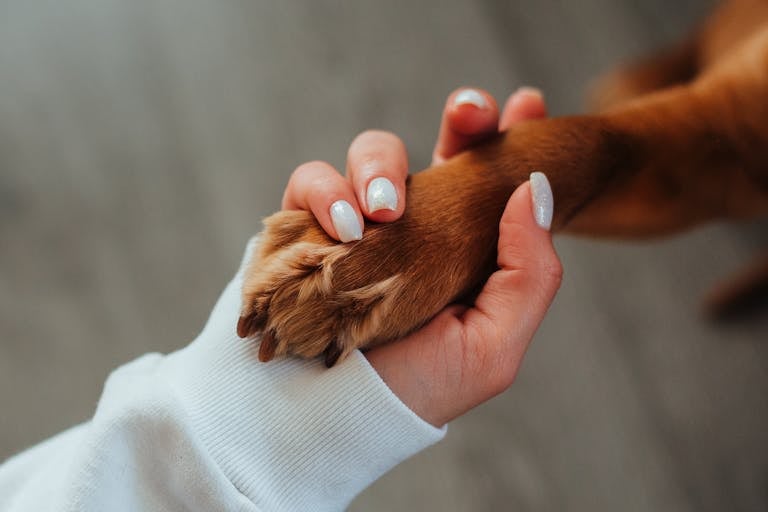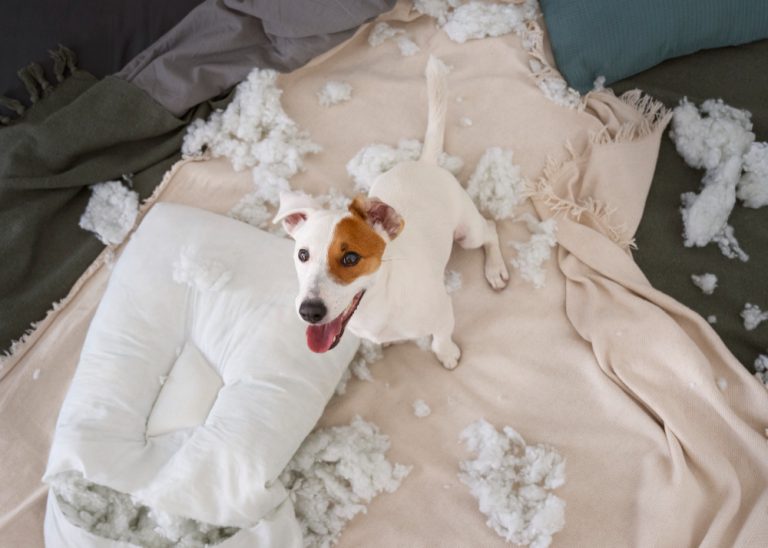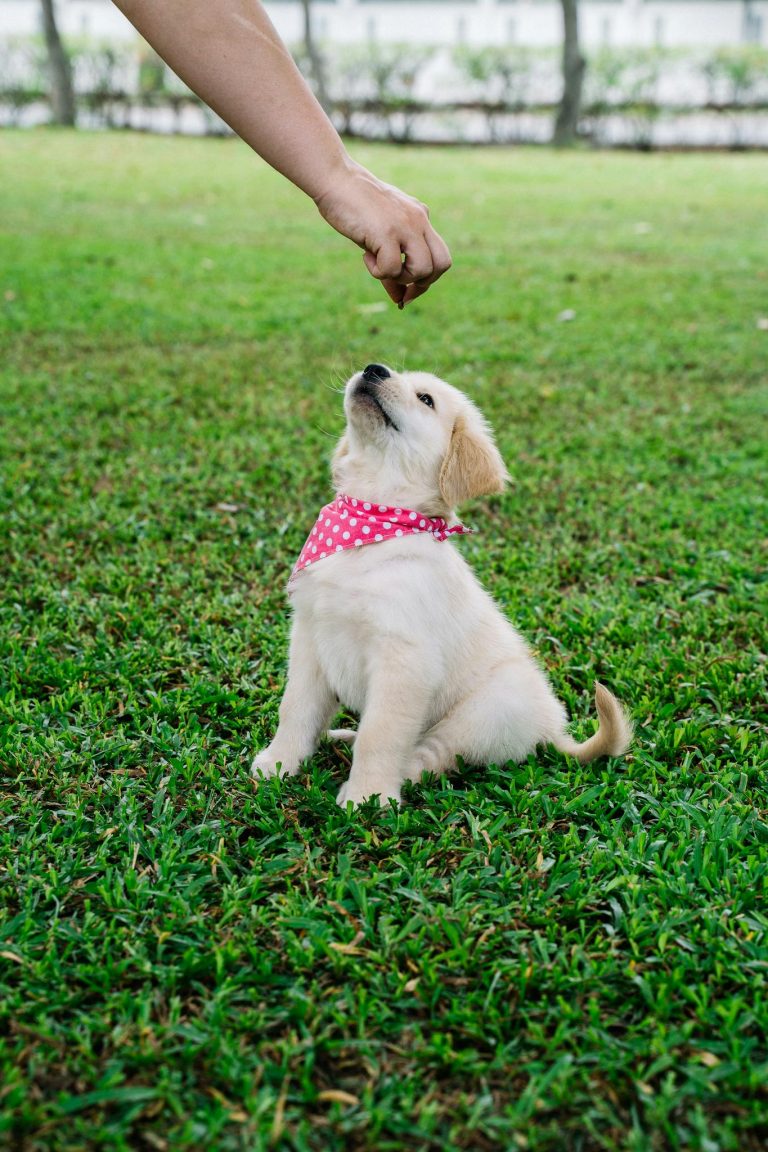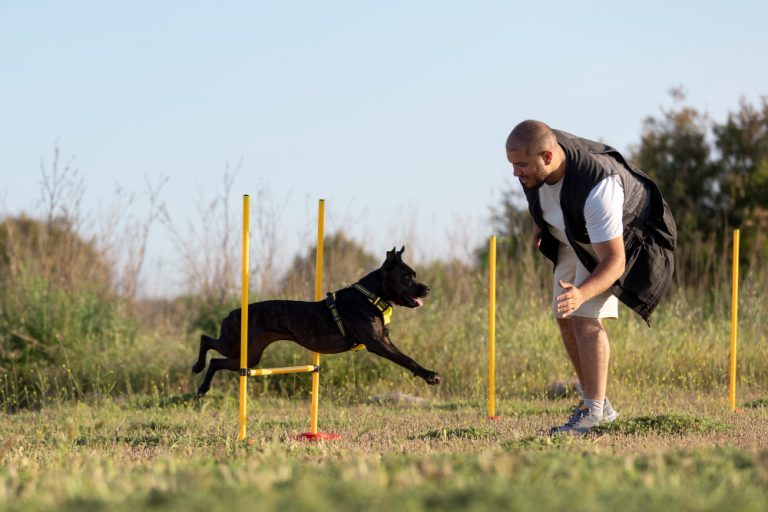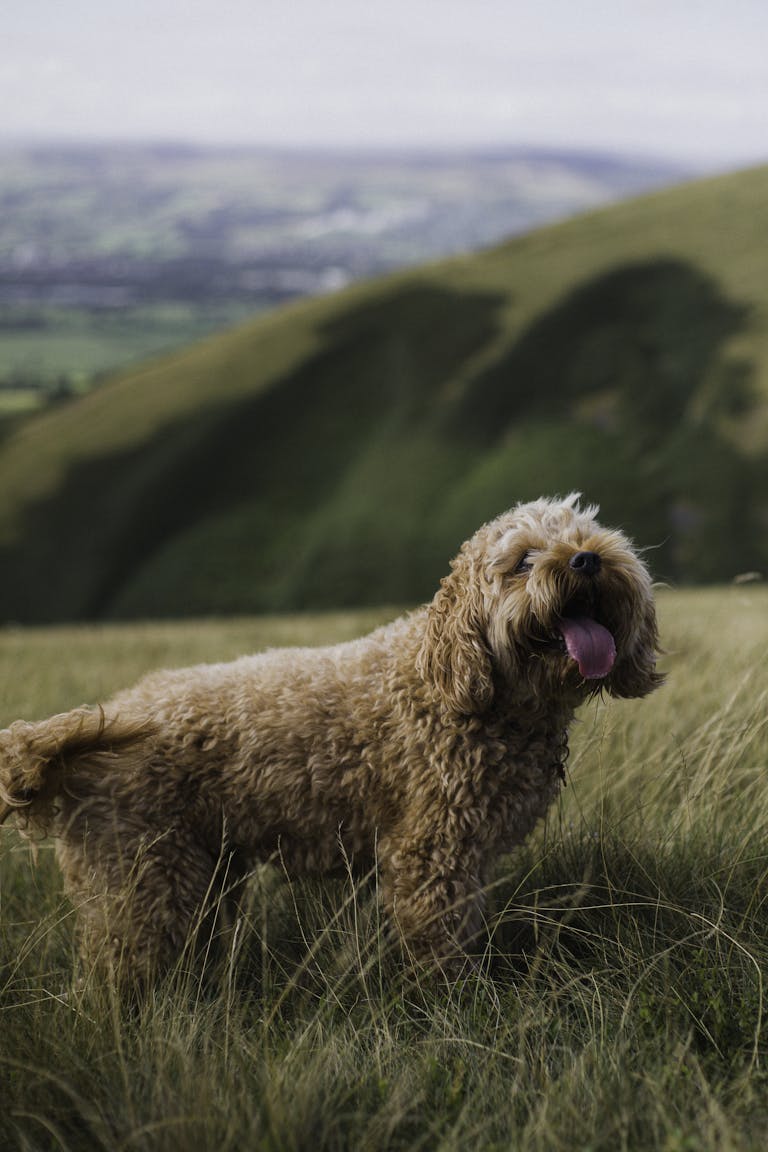When it comes to crate training, there are very opposing views out there.
Some people look at a crate and see it as a cage. ‘Here we are, boycotting caged chicken eggs… but then it’s OK to put our beloved pup into a crate? That’s animal abuse!’
On the other side, many people swear by crate training. Some say dogs are hardwired to be “den” animals by nature. In their eyes, a crate is more like a den than a doggy jail.
When introduced correctly, a crate is a place where your puppy will feel safe, secure and comfortable. Most dogs love their crate and see it as a safe haven if it’s introduced in the right way.
It comes in handy when your dog needs to travel, go to the vet or stay a few hours at the groomer’s. It also helps with toilet training and prevents unwanted behaviours when you are gone for a few hours. Animals that are used to crates don’t panic when they’re popped in a confined area. Vets prefer crated dogs as they settle in better, relax and can enjoy a faster recovery as a result.
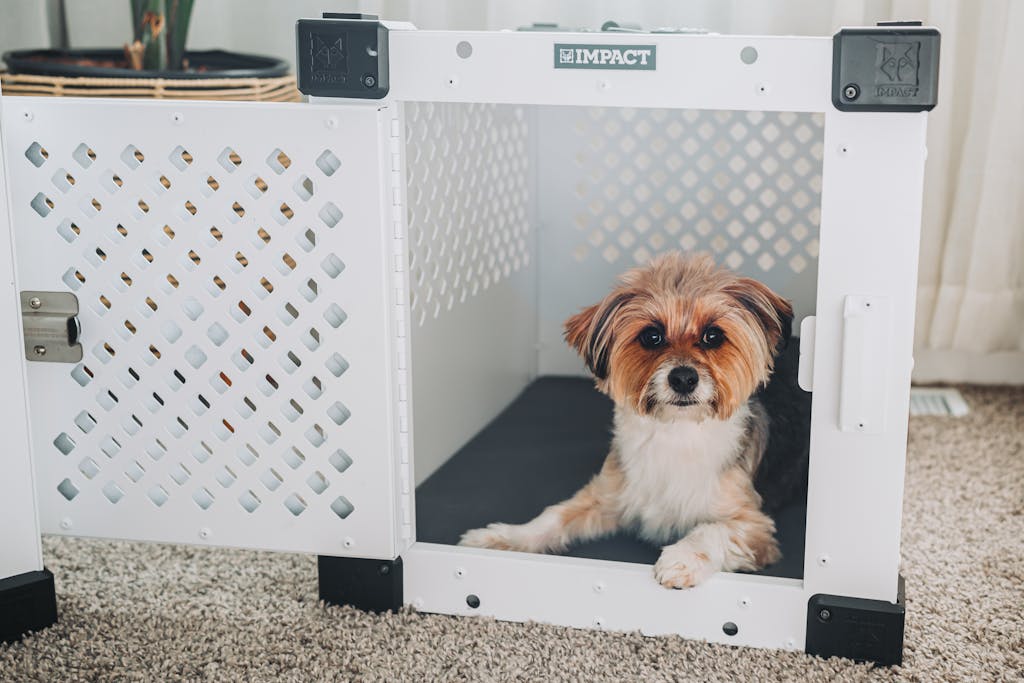
How to introduce the crate to your dog
The key to crate training is to familiarise your dog with it properly. Most dogs love their crates, but not all do so immediately. Give your dog plenty of time to crate train to ensure it’s a positive experience. Here are 5 steps to ensure effective crate training for your dog.
Step 1: Set up the crate
Set up the crate and let your dog investigate it. Any interest shown should be praised. (Remember, your tone of voice says it all).
Step 2: Leave the door open
Dismantle the door for the first couple of days so it won’t shut your dog in if your dog accidentally bumps against it.
Step 3: Entice your dog with treats
Throw some tasty treats into the crate and use the command, “To bed” or “Inside,” whenever your dog walks in. They will most likely grab the food, exit and eat the treat away from the crate. Continue this procedure for a couple of days or until your dog loves going into his crate and starts going in all by himself to check if something delicious might have been left behind. (You can never know!)
Step 4: Treat and release
Keep repeating this exercise. Throw in another treat, but while your dog walks into the crate, close the door and give him another bite-sized treat through the cage door. Then let him out. It’s important you open the door immediately after feeding the treat through the cage door.
Step 5: Repeat and reinforce
After a few days of coaxing, continue to close the crate door when your dog steps in and keep it closed for longer periods of time while keeping up with the treats through the door. Also, throw in treats from every possible angle. You want your pup to think that walking into their crate is an amazing experience.
Celebrate the progress
After a while, your dog will go into their crate all by themselves and want to rest there.
Crating is not for life, but you’ll be surprised how many dogs miss their crates.
My own German Shepherd, Lara, needed to be transported in a crate from Europe to Sydney. She became so used to the crate and had such positive associations with it that we had to make it a permanent fixture in our living room! On any given day, she would happily choose her ugly airline crate over the beautiful expensive dog bed I had bought her. Go figure!
Want to train your puppy for success?
There’s a lot more to puppy training than just teaching them to use a crate. Come along to one of puppy schools in Sydney to get simple, effective training for your new pup!
